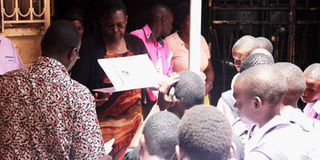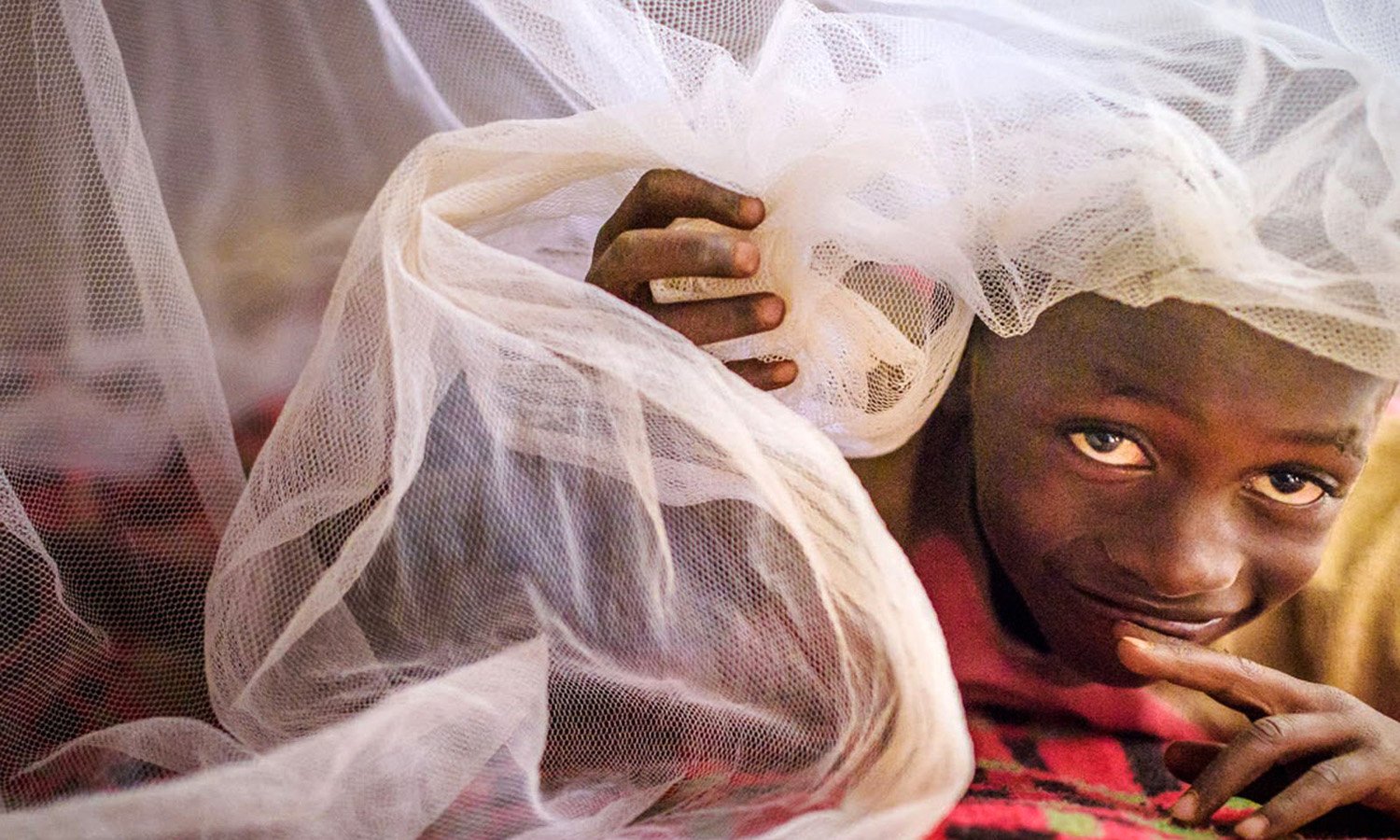118,000 students quit USE - report

Permanent Secretary Ministry of Education Rose Nassali Lukwago (2L) verifies files of Kololo High School students during the head count of Universal Secondary Education in Kampala on Tuesday. Photo by ABUBAKER LUBOWA
What you need to know:
Solution. Experts say findings in new report require the government to intensify sensitisation of both students and children, including sex education for girls.
Kampala.
More than 118,000 (13 per cent) students enrolled under the Universal Secondary Education (USE) programme dropped out before completing O-Level in 2013, a new report has revealed.
This means one in every 10 students under the scheme either abandoned formal education, died or relocated to non-USE schools.
The findings of a 2013 headcount captured a 3.2 per cent increase in student enrolment, but only 806, 992 of 925,991 students in public schools completed the four years.
Education officials have been perplexed by the 58 per cent jump in the number of drop outs in 2013 over the previous year.
An analysis of the scheme’s performance, like that of Universal Primary Education, shows a trend of increasing drop-out rates each successive year since 2007.
Education minister Jessica Alupo yesterday said the government had established the policies to implement the free education programme, blaming the problem on parents.
“The issue is not about lack of policy or law. That is in place. We need to engage communities and show them the importance of education rather than giving away their daughters to get cows,” she said.
“The law enforcers need to play their part by arresting parents or guardians who deprive such girls of their right to education,” she added, in reference to parents who marry off their young daughters for cash.
According to the report, pregnancy causes high drop out of female students, especially in north and north-eastern regions.
“Also some [South] Sudanese nationals, who had encroached on the programme, are being discouraged. This trend has been experienced mostly in the districts bordering [South] Sudan,” the study adds.
The report comes a day after government conducted the national head count exercise in all public secondary schools to ascertain the actual number of free education programme beneficiaries for effective planning and resource allocation.
Mr Erisam Kanyereze, an educationist, agrees with the minister, saying sensitising parents, guardians and pupils can fix the problem.
“When that is done, the ministry must introduce a policy to make sex education compulsory in schools. Some schools have it already but it needs to be strengthened because it can serve as preventive measure and long term solution,” he said.
Private schools receive Shs47,000 for each student under USE per term while government-aided schools and business and technical institutions get Shs41,000 and Shs150,000 per student respectively.
The report also notes that overcrowding in USE schools is still worrying, as almost 34 per cent of the schools accommodate more than 100 students in a class, against the 60 students per classroom threshold.




